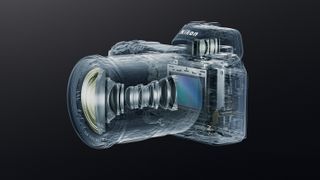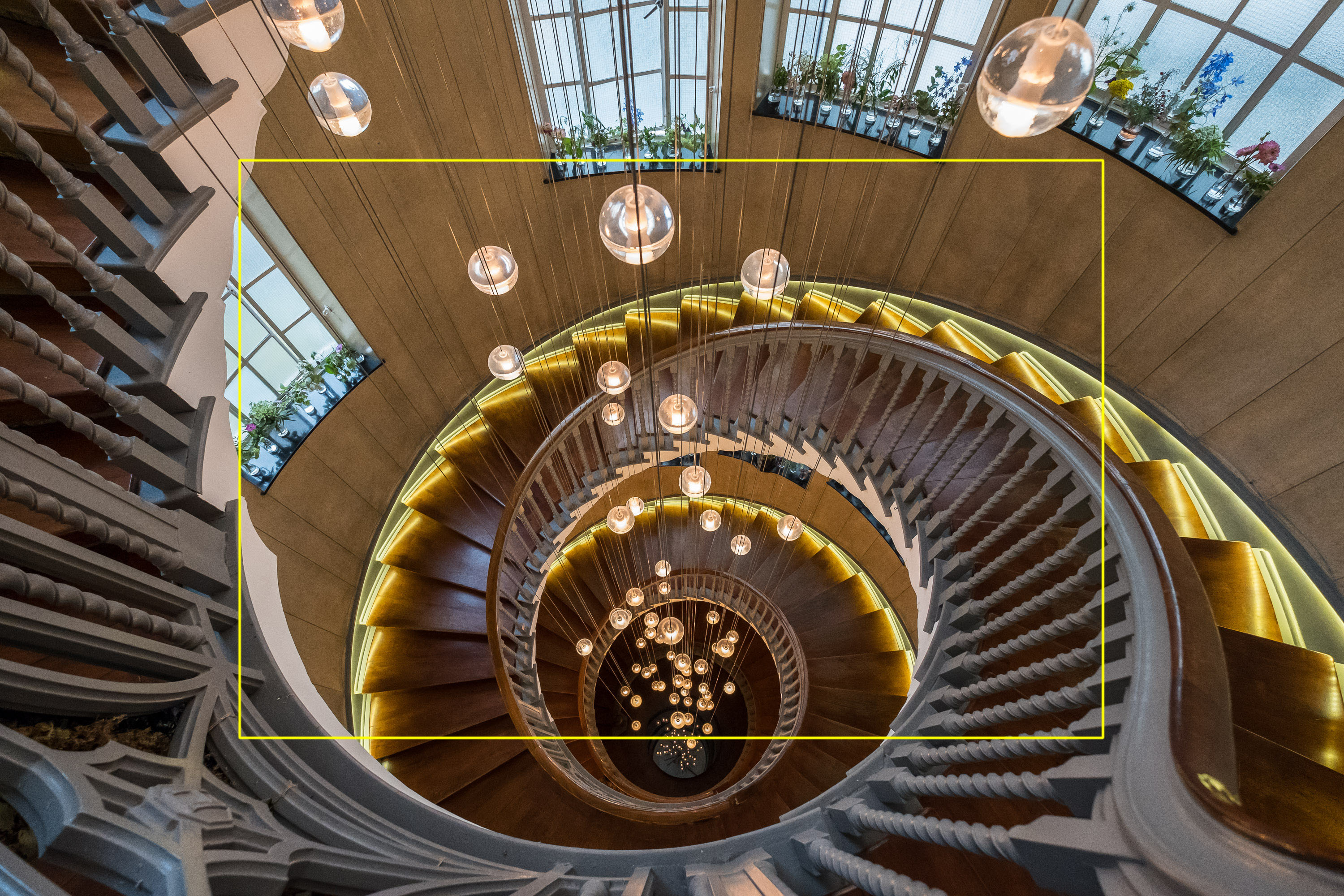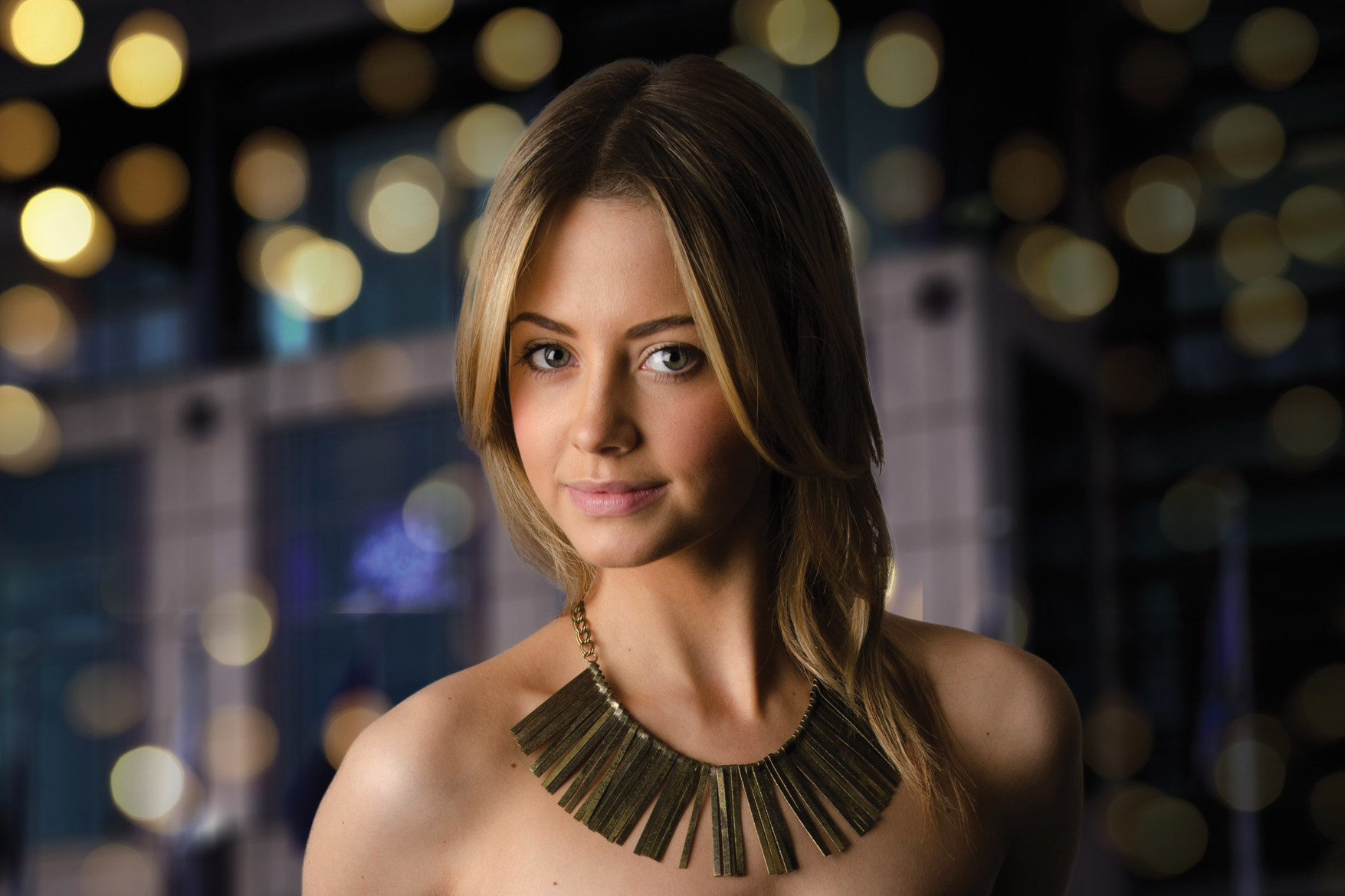What Is The Benefit Of A Full Frame Digital Camera
Full-frame cameras: practice you actually need one?

Full-frame is a real buzzword in photography at the moment. Non only take we had established DSLRs from Canon and Nikon like the EOS 5D Mark IV and Nikon D850, but Sony'south likewise been tempting photographers with the likes of the Sony Blastoff A7R III.
In the past few months, Canon and Nikon accept also launched full-frame mirrorless cameras in the shape of the EOS R, Z6 and Z7, while Panasonic, a longtime exponent of Micro Four Thirds, is launching two all-new full-frame mirrorless cameras in the shape of the S1 and S1R.
What's all the fuss about then and if y'all haven't got a full-frame camera, should y'all get i?
Switch to a full-frame camera and your pictures will automatically be improve – or and then the hype goes. Merely this is simply partly true; a full-frame sensor camera just takes different – non necessarily improve – shots compared to DSLR and mirrorless cameras with the more than standard APS-C-sized sensor.
Total-frame explained
So, what exactly practise nosotros hateful by 'full-frame'? A full-frame camera uses a sensor that's the aforementioned size equally a single frame of traditional 35mm movie, measuring 36 10 24mm. The more popular APS-C sensor size found in about DSLRs and mirrorless cameras measures 22 x 15mm. This means a full-frame sensor has more than 2.5 times the surface area of an APS-C sensor.
Certain, size has certain advantages, only there are besides distinct drawbacks to making the switch up to a full-frame DSLR or mirrorless camera.
- Sensor sizes explained: what you need to know
Photographic camera pick
In about cases, if yous desire to upgrade to a total-frame DSLR or mirrorless camera, prepare to pay a premium. For starters, the added product toll of the bigger sensors (and the lower volume of production) is 1 surface area that forces cost up.
That'due south not the just reason though. Because full-frame cameras are primarily aimed at professionals and keen enthusiasts, at that place'due south a certain expectation as to the level of operation, features and build that these cameras should accept, which again all comes at a cost.
Not anybody wants (or can afford) all of these advanced features, which is why nosotros've seen some relatively affordable total-frame cameras in contempo years, with the likes Canon EOS 6D Mark II and Nikon D750 springing to heed. These DSLRs both offer total-frame sensors, but don't have quite the same ultra-rugged build and top-line performance as their stablemates. Don't get us wrong though – these are however very capable cameras that can reach some brilliant results, while Sony's Alpha A7 3 is even amend, delivering top quality images with a performance to rival cameras costing quite a fleck more than.
Image quality
Perhaps the biggest advantage of going full-frame is image quality.
While APS-C and full-frame cameras can at present share an most identical resolution – Nikon's APS-C 20.9MP D500 and full-frame twenty.8MP D5 is only ane example, full-frame sensors are crucially more than 2-and-a-half times bigger, which allows for much larger individual pixels (or if we're getting technical, photosites) compared to an APS-C sensor that shares the same resolution.
This means full-frame sensors typically produce amend quality images at higher ISO sensitivities, every bit the larger private pixels can capture more light, resulting in less unwanted electronic noise encroaching into images.
However, full-frame cameras have another fox up their sleeve: dynamic range
The larger physical dimensions of a total-frame sensor mean it's also possible to increase the number of pixels on the flake without seeing this high ISO functioning suffer. Both the 45.4MP Nikon D850 and 42.2MP Sony Blastoff A7R Iii are brilliant examples of this, managing to deliver excellent loftier ISO results while featuring densely populated sensors.
In a lot of instances nonetheless, if yous were to shoot at low sensitivities with both full-frame and APS-C photographic camera that shared the same resolution, the amount of particular recorded would be very hard to tell autonomously. However, full-frame cameras have another fox upwards their sleeve: dynamic range.
Full-frame cameras, cheers to the larger pixels, take a broader dynamic range in general (though other factors do play a part), making them ameliorate equipped to capture the total brightness range of a scene that features both farthermost areas of dark shadows and brilliant highlights, equally well as midtones.
Crop-cistron result
The size of the sensor also changes the corporeality of the scene captured past the camera. Although APS-C and total-frame cameras tin share many of the same lenses, the visual event they provide is different. It's the angle of view that really changes, as smaller APS-C sensors cover less of the image projected by the lens.

This is known every bit the crop factor, which compares the angle of view with that of a traditional full-frame 35mm movie SLR. With total-frame DSLRs and mirrorless cameras, because the sensor is the same size as a 35mm negative, that'due south not an issue; a 24mm lens gives the same angle of view as a 24mm lens before the age of digital cameras.
An APS-C sensor, yet, sees a smaller bending of view, with a crop factor of one.5x (Catechism APS-C sensors are ever-and then slightly smaller notwithstanding, with a crop cistron of 1.6x). This ways the same 24mm lens on an APS-C DSLR or mirrorless camera really captures the angle of view of a traditional 36mm focal length (24 x one.5 = 36). So if you want to capture sweeping broad-angle vistas, a total-frame photographic camera allows y'all to take in more of the scene in front of you than an APS-C model with the aforementioned lens.
The flip-side is that the crop gene outcome of APS-C cameras becomes an reward when shooting distant subjects. For instance, a 300mm lens is 300mm on a full-frame camera, only on an APS-C model it becomes a much more desirable 450mm – keen for getting close to the action in sports or wild animals photography.

Lens option
Full-frame cameras used to offer a existent advantage when shooting landscapes or indoors in tight spaces. However, lens makers have combated this past developing both prime and zoom lenses with shorter focal lengths exclusively designed for use on APS-C-sensor cameras.
The typical standard zoom bundled with a lot of APS-C photographic camera offers 18mm as its widest setting, roughly equivalent to the view given past a total-frame 28mm lens. Super-broad lenses offering settings of 10mm, equivalent to, or with an effective focal length (EFL) of, 15mm. These lenses tin can't be used with full-frame cameras (as they would produce dark corners), and so in some ways APS-C users actually go a wider choice of optics.
Information technology's worth considering this compatibility though if you're thinking of investing in a total-frame body down the line, as you might have to merchandise in some or all of your selection of lenses if y'all've bought dedicated APS-C glass.
Blurring backgrounds

Portrait photographers beloved full-frame cameras, as the larger the sensor a digital photographic camera uses, the shallower depth of field (DoF) yous get. This means you can throw backgrounds and foregrounds more out of focus, for artistic effect and to depict strong attending to the subject.
The reason for this is that the amount of depth of field depends on three different factors: the aperture, the subject distance, and the focal length.
In practice, this ways broad apertures on total-frame cameras provide noticeably more defocused backgrounds than on APS-C cameras. Information technology'due south not by much – nigh a stop – just it does make a difference. If you're shooting a portrait for instance, using the same bending of view, a total-frame camera at f/4 produces a seemingly similar corporeality of depth of field and groundwork mistiness to an APS-C camera at f/2.8.
APS-C cameras are better, even so, if you lot want to maximize depth of field, which has advantages in studio and landscape photography. For example, when using the same angle of view, on an APS-C camera yous'll exist able to get away with using, say, f/11, whereas on a full-frame camera you may have to use f/16 to ensure your scene is abrupt from foreground to groundwork.
- The 10 best full-frame cameras you can buy correct now
- The 10 best mirrorless cameras you tin buy right now
- What camera should I buy? Apply our footstep-by-step guide
Source: https://global.techradar.com/en-ae/news/full-frame-cameras-do-you-really-need-one
Posted by: hayescamagirse.blogspot.com


0 Response to "What Is The Benefit Of A Full Frame Digital Camera"
Post a Comment